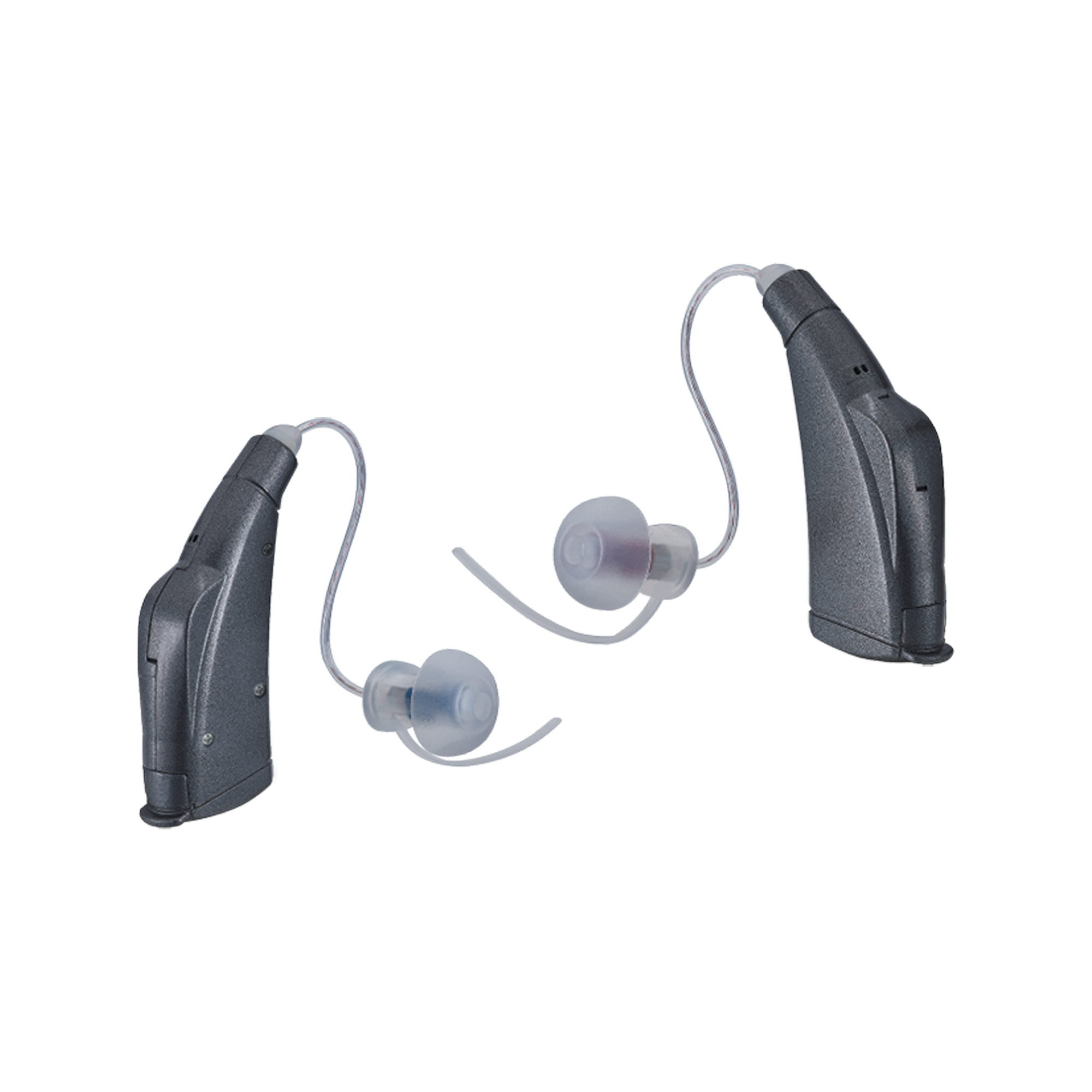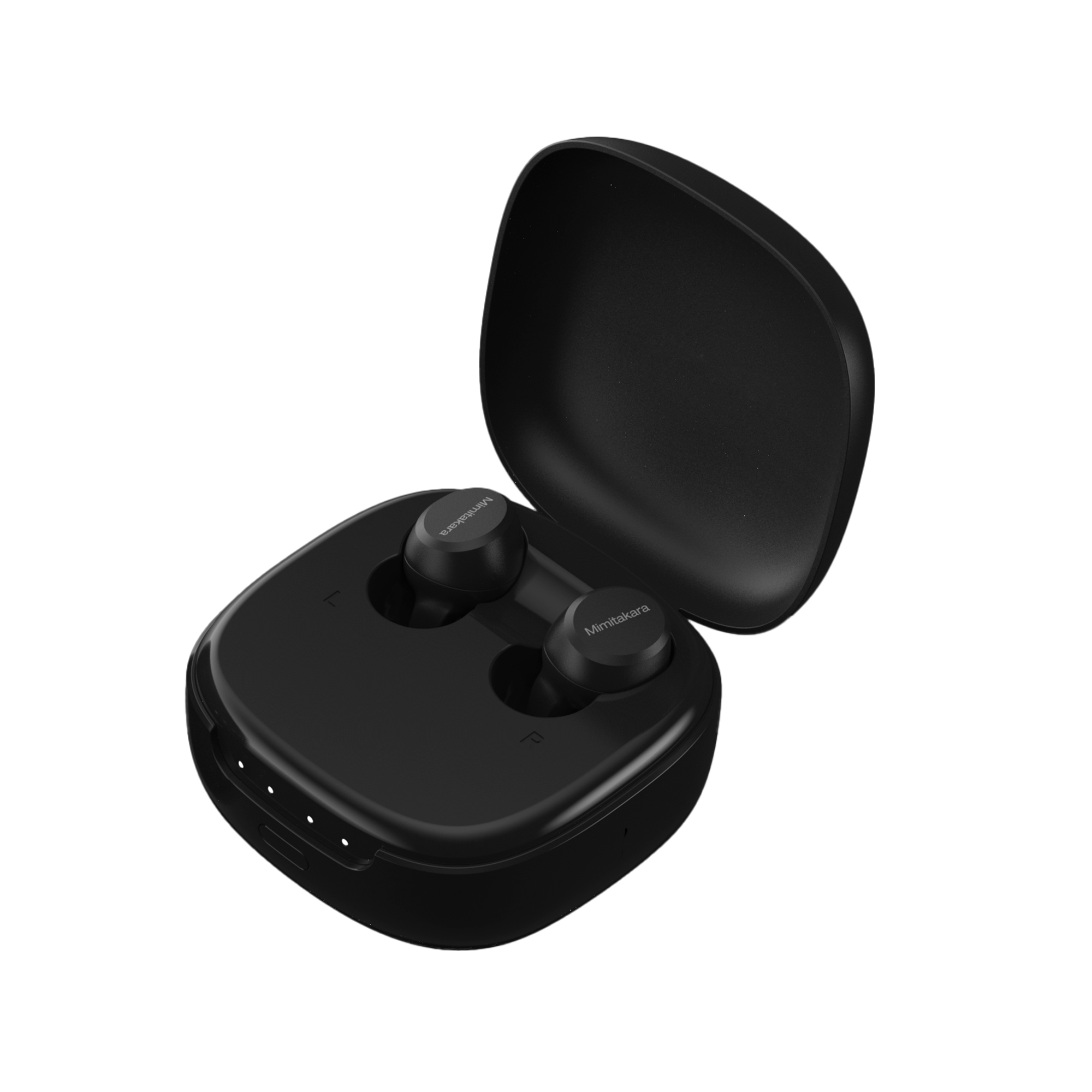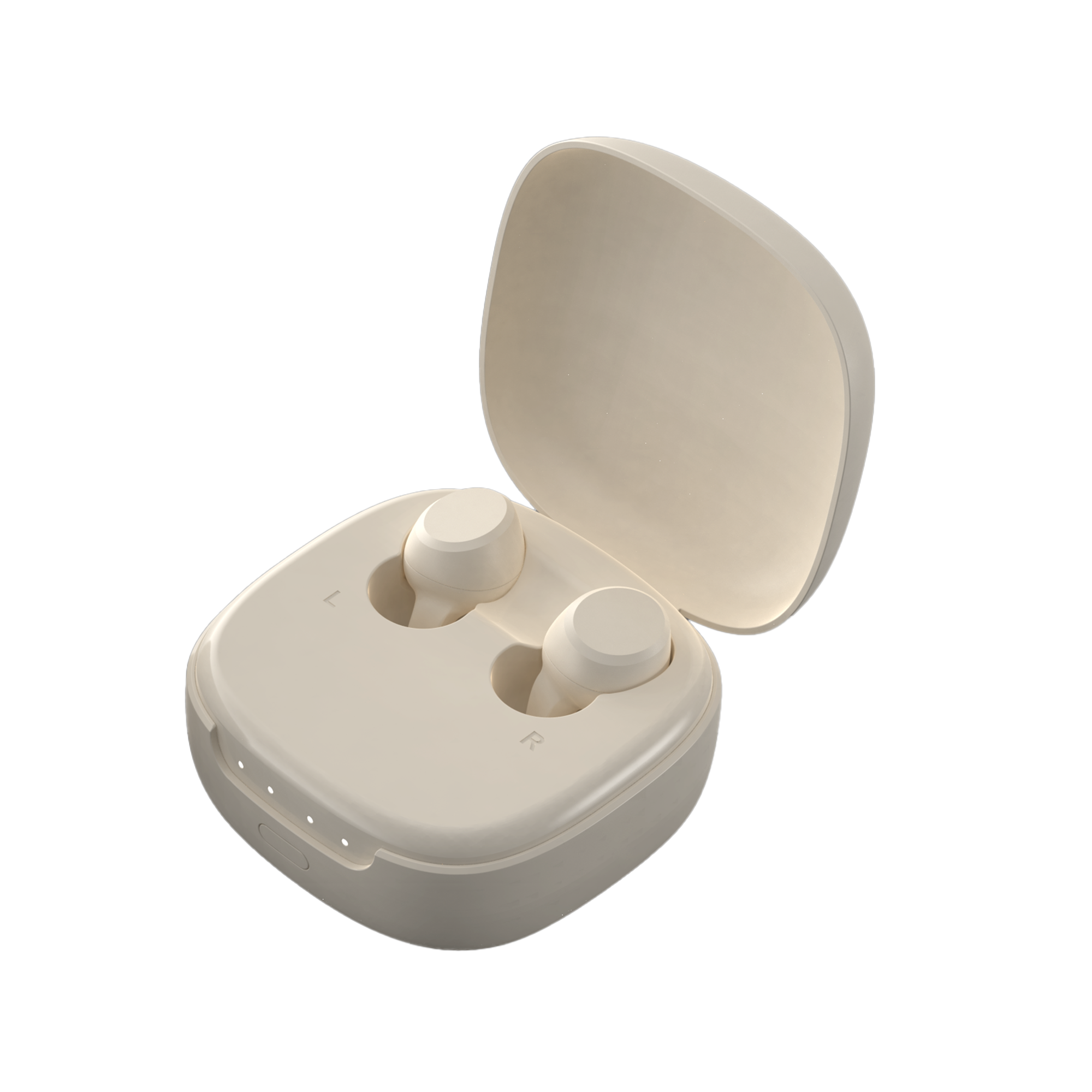Are you considering an ITC hearing aid but unsure how it compares to other styles? With so many hearing aid designs available, it’s essential to understand the unique features and benefits of each type. In this ultimate guide, we’ll explore what sets ITC hearing aids apart and help you determine if they’re the right choice for your hearing needs.
We’ll begin by providing an overview of the most common hearing aid styles, including ITC, behind-the-ear, and in-the-ear models. Next, we’ll dive into the specific advantages of ITC hearing aids, such as their discreet design and comfortable fit. We’ll also compare ITC hearing aids with other popular styles, highlighting the pros and cons of each. Finally, we’ll offer guidance on how to choose the hearing aid that best suits your lifestyle, budget, and hearing requirements.
Overview of Hearing Aid Designs
Hearing aids come in various styles, each designed to address specific hearing needs and preferences. The most common hearing aid designs include behind-the-ear (BTE), in-the-ear (ITE), in-the-canal (ITC), and completely-in-canal (CIC) styles.
Behind-the-Ear (BTE) Hearing Aids
BTE hearing aids consist of a hard plastic case worn behind the ear, connected to a plastic earmold that fits inside the outer ear. They are suitable for people of all ages with mild to profound hearing loss.
In-the-Ear (ITE) Hearing Aids
ITE hearing aids fit completely inside the outer ear and are custom-made in two styles: full-shell and half-shell. They are helpful for people with mild to severe hearing loss and can include features such as directional microphones and telecoils.
In-the-Canal (ITC) Hearing Aids
ITC hearing aids are custom-molded to fit partly in the ear canal. They are less visible than larger styles and can improve mild to moderate hearing loss in adults. However, their small size may make them difficult to adjust and more susceptible to earwax clogging the speaker.
| Hearing Aid Style | Suitable for Hearing Loss | Visibility | Features |
|---|---|---|---|
| BTE | Mild to profound | Visible | Durable, powerful amplification |
| ITE | Mild to severe | Less visible | Custom-made, directional microphones, telecoils |
| ITC | Mild to moderate | Less visible | Custom-molded, may be difficult to adjust |
Choosing the right hearing aid style depends on factors such as the severity of hearing loss, ear anatomy, manual dexterity, and personal preferences. An audiologist can help determine the most appropriate style based on individual needs and lifestyle.
Advantages of In-The-Canal (ITC) Hearing Aids
ITC hearing aids offer several advantages for individuals with mild to moderate hearing loss. These custom-made devices are designed to fit snugly within the ear canal, providing a discreet and comfortable hearing solution.
Discreet and Comfortable
One of the primary benefits of ITC hearing aids is their small size, making them less visible than larger styles like behind-the-ear (BTE) or in-the-ear (ITE) hearing aids. This discreet design is particularly appealing for those who are self-conscious about wearing hearing aids. Additionally, the custom fit ensures a comfortable wearing experience, as the device is molded to the unique shape of the user’s ear canal.
Easy to Use and Control
ITC hearing aids are user-friendly, with basic controls that allow for easy adjustment of volume and settings. Some models even offer wireless connectivity, enabling users to control their hearing aids through a smartphone app. This feature is especially useful for those who frequently use mobile phones, as ITC hearing aids are well-suited for telephone conversations due to their placement within the ear canal.
Suitable for Mild to Moderate Hearing Loss
While ITC hearing aids are not recommended for individuals with severe hearing loss, they are an excellent choice for those with mild to moderate hearing impairment. These devices are powerful enough to amplify sounds effectively, improving the user’s ability to understand speech and engage in conversations. ITC hearing aids often feature dual microphones, enhancing sound clarity and the ability to detect high-pitched tones.
| Advantage | Description |
|---|---|
| Discreet | Small size makes them less visible than larger styles |
| Comfortable | Custom fit ensures a comfortable wearing experience |
| Easy to use | Basic controls and wireless connectivity for easy adjustment |
| Suitable for mild to moderate hearing loss | Powerful enough to amplify sounds effectively |
In summary, ITC hearing aids provide a discreet, comfortable, and user-friendly solution for individuals with mild to moderate hearing loss. Their custom fit, easy-to-use controls, and ability to amplify sounds effectively make them a popular choice among hearing aid users.
Comparing ITC with Other Hearing Aid Designs
When comparing ITC hearing aids to other styles, it’s important to consider factors such as size, visibility, and features. While ITC devices are smaller and more discreet than ITE (In-The-Ear) hearing aids, they may not be as powerful or feature-rich. ITE hearing aids are custom-molded to fit within the ear bowl, making them comfortable and easy to handle, especially for those with dexterity issues.
CIC (Completely-In-The-Canal) hearing aids are even smaller than ITC devices, fitting entirely within the ear canal. They offer a nearly invisible appearance and are suitable for mild to moderate hearing loss. However, their small size limits the available features and may not be appropriate for those with severe hearing loss or small ear canals.
BTE (Behind-The-Ear) hearing aids are larger and more visible than ITC devices, but they offer several advantages:
- Suitable for a wide range of hearing loss, from mild to profound
- Easier to handle and adjust due to their larger size
- Longer battery life compared to smaller styles
- Compatible with a variety of features, such as directional microphones and telecoils
RIC (Receiver-In-The-Canal) hearing aids are similar to BTE devices but have the speaker placed directly in the ear canal, connected to the main body by a thin wire. This design offers a more discreet appearance and a more natural sound experience compared to traditional BTE hearing aids.
| Hearing Aid Style | Visibility | Suitable Hearing Loss | Features |
|---|---|---|---|
| ITC | Low | Mild to Moderate | Limited |
| ITE | Moderate | Mild to Severe | Varied |
| CIC | Very Low | Mild to Moderate | Limited |
| BTE | High | Mild to Profound | Extensive |
| RIC | Moderate | Mild to Severe | Varied |
Ultimately, the choice between ITC hearing aids and other styles depends on individual needs, preferences, and the severity of hearing loss. Consulting with an audiologist can help determine the most appropriate style for each person’s unique situation.
Choosing the Right Hearing Aid for You
Selecting the right hearing aid is a crucial decision that can significantly impact your quality of life. When choosing an ITC hearing aid or other styles, consider factors such as the severity of your hearing loss, lifestyle needs, and personal preferences.
Factors to Consider
Your hearing healthcare professional can help determine the most suitable hearing aid style based on your audiogram results and the degree of hearing loss. ITC hearing aids are typically recommended for mild to moderate hearing loss, while other styles like behind-the-ear (BTE) or receiver-in-canal (RIC) may be more appropriate for severe to profound hearing loss.
Additionally, consider your manual dexterity and visual acuity when selecting a hearing aid style. ITC hearing aids are small and may require more dexterity to handle and maintain compared to larger styles.
Cost and Maintenance
The cost of hearing aids varies depending on the style, technology level, and features. ITC hearing aids may be more expensive than some other styles due to their custom-fit design and advanced technology. However, it’s essential to prioritize your hearing needs and invest in a device that will provide the best possible outcomes.
Regular maintenance is crucial for the longevity and performance of your hearing aids. ITC hearing aids require regular cleaning and wax filter changes to prevent damage and ensure optimal functionality.
| Hearing Aid Style | Average Cost | Maintenance Requirements |
|---|---|---|
| ITC | $1,500 – $3,000 | Regular cleaning, wax filter changes |
| BTE | $1,000 – $3,500 | Regular cleaning, tubing replacement |
| RIC | $1,500 – $3,500 | Regular cleaning, wax filter changes |
Lifestyle and Personal Preferences
Your lifestyle and personal preferences should also play a role in choosing the right hearing aid. Consider the following:
- Aesthetics: ITC hearing aids are less visible than other styles, making them a popular choice for those who prioritize discretion.
- Comfort: The custom-fit design of ITC hearing aids ensures a comfortable fit within the ear canal.
- Technology features: Discuss your desired features, such as directional microphones, noise reduction, and wireless connectivity, with your hearing healthcare professional to find the best match for your needs.
Ultimately, working closely with your hearing healthcare provider and considering these factors will help you choose the hearing aid style that best suits your individual needs and preferences.
Conclusion
ITC hearing aids offer a discreet and comfortable solution for individuals with mild to moderate hearing loss. Their custom-fit design and advanced technology provide effective sound amplification while remaining less visible than other styles. However, it’s essential to consider factors such as the severity of hearing loss, manual dexterity, and lifestyle preferences when selecting the right hearing aid.
Ultimately, working closely with a hearing healthcare professional is crucial in determining the most suitable hearing aid style for your unique needs. By weighing the advantages and disadvantages of ITC hearing aids against other styles and considering personal preferences, you can make an informed decision that will enhance your hearing experience and overall quality of life.
FAQs
1. How do ITE and ITC hearing aids compare?
ITE (In-the-Ear) hearing aids are generally larger and sit within the outer ear, making them suitable for mild to moderate hearing loss. ITC (In-the-Canal) hearing aids, on the other hand, are slightly smaller and fit deeper into the ear canal. Although they use smaller batteries and have more compact controls, their performance is comparable to ITE aids.
2. Which hearing aid is currently considered the best on the market?
The Jabra Enhance Select 300 is highly regarded as the best hearing aid available today. It stands out due to its exceptional sound clarity, modern design, and advanced Bluetooth connectivity, which enables excellent performance in challenging auditory environments. It also offers great comfort and superior sound quality according to extensive testing.
3. Are some styles of hearing aids superior to others?
Behind-the-Ear (BTE) hearing aids are often considered superior in terms of features due to their larger size, which allows them to incorporate more functionalities. Additionally, BTE models tend to be more durable and longer-lasting compared to other styles.
4. What distinguishes ITC from IIC hearing aids?
The main difference between ITC (In-the-Canal) and IIC (Invisible-in-the-Canal) hearing aids lies in their size and placement within the ear. IIC aids are smaller and designed to fit deeply within the second bend of the ear canal, making them less visible. ITC aids are slightly larger and fit within the first few millimeters of the ear canal’s opening.










